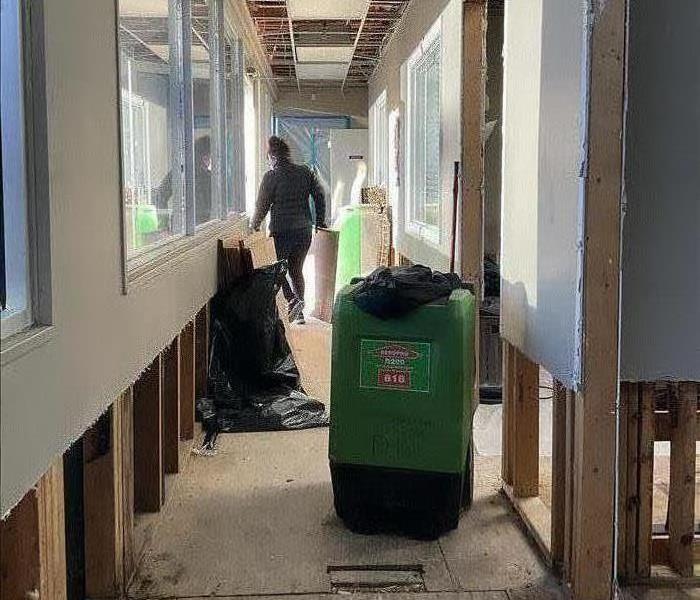The Dos and Don'ts of Using Generators During Storm Outages
5/15/2024 (Permalink)
When a storm emergency strikes and power outages occur, having a generator can be a lifesaver. Generators provide an alternative source of electricity and help keep essential appliances and devices running during the outage. However, it's essential to use generators safely to prevent accidents and potential damage. In this blog post, we will explore the dos and don'ts of using generators during storm outages to ensure your safety and the proper functioning of your generator.
The Dos
- DO Choose the Right Generator: Select a generator that meets your power needs. Consider the appliances and devices you want to power, and choose a generator with the appropriate wattage capacity.
- DO Follow Manufacturer's Instructions: Read and understand the manufacturer's instructions before operating your generator. Different generators have specific requirements and safety guidelines that must be followed.
- DO Set Up the Generator Outside: Always use generators in well-ventilated areas outdoors to prevent carbon monoxide buildup. Never operate a generator in an enclosed space, such as a garage or basement, as it can lead to carbon monoxide poisoning.
- DO Use a Transfer Switch: Install a transfer switch to connect the generator to your home's electrical system safely. This ensures that power is distributed properly and prevents electricity from back-feeding into power lines, which can be dangerous for utility workers.
- DO Allow the Generator to Cool Down: Before refueling the generator, turn it off and allow it to cool down for a few minutes. This minimizes the risk of fuel igniting and causing a fire.
- DO Manage Fuel Safety: Store fuel in approved containers and in a safe location away from the generator and other flammable materials. Never refuel a generator while it is running or still hot.
The Don'ts
- DON'T Connect Generators Directly to Household Wiring: Connecting a generator directly to your home's electrical system without a transfer switch can back-feed electricity into the power lines, posing a threat to utility workers and potentially causing damage to your generator.
- DON'T Overload the Generator: Ensure that the total wattage of the appliances and devices you connect to the generator does not exceed its capacity. Overloading the generator can lead to overheating, damage, and safety hazards.
- DON'T Operate a Generator in Wet Conditions: Keep the generator and its outlets dry to prevent electrical shock. If operating the generator in wet conditions is unavoidable, use a generator cover or operate it under a shelter to protect it from moisture.
- DON'T Forget Routine Maintenance: Regularly inspect and service your generator to ensure it is in good working condition. Follow the maintenance schedule provided by the manufacturer to prevent potential breakdowns during storm outages.
- DON'T Leave the Generator Unattended: Always monitor the generator while it is running to ensure its safe and proper operation. If you need to leave the house, turn off the generator before doing so.
In conclusion, using generators during storm outages can provide much-needed power, but safety should be a top priority. By following the dos and don'ts listed above, you can ensure the safe operation of your generator and prevent accidents and damage. Make sure to incorporate these guidelines into your storm damage plan to be prepared for any future power outages. At SERVPRO®, we are here to help with any storm damage cleanup and restoration needs after storms and power outages.






 24/7 Emergency Service
24/7 Emergency Service
